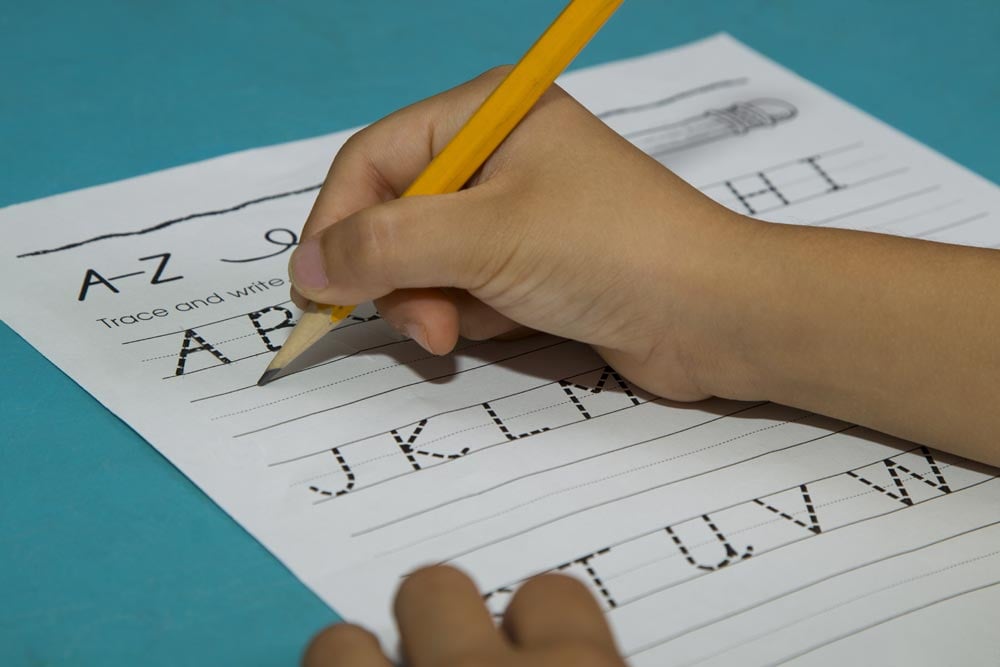 It seems that handwriting for young children is often a struggle that becomes manageable with maturity. In fact, handwriting involves many areas of coordination and thinking. When learning how to write letters properly, a child is required to implement their visual motor skills, spatial conception, as well as, kinesthetic memory and muscles. This can be overwhelming for many children, and especially children who are struggling readers and writers. Preventive Academic Failure (PAF) is an Orton-Gillingham based reading and writing program that intentionally includes systematic handwriting instruction. Handwriting Without Tears is another popular program that may be used. This explicit instruction can be managed by a classroom teacher or skillful private tutor trained and experienced with handwriting instruction unless there are more significant coordination challenges, in which case an occupational therapist may be more appropriate.
It seems that handwriting for young children is often a struggle that becomes manageable with maturity. In fact, handwriting involves many areas of coordination and thinking. When learning how to write letters properly, a child is required to implement their visual motor skills, spatial conception, as well as, kinesthetic memory and muscles. This can be overwhelming for many children, and especially children who are struggling readers and writers. Preventive Academic Failure (PAF) is an Orton-Gillingham based reading and writing program that intentionally includes systematic handwriting instruction. Handwriting Without Tears is another popular program that may be used. This explicit instruction can be managed by a classroom teacher or skillful private tutor trained and experienced with handwriting instruction unless there are more significant coordination challenges, in which case an occupational therapist may be more appropriate.
Handwriting, however, is so essential to the learning process because it helps children to make associations between graphic symbols (alphabet letters) with the sounds they make, and actually produce the motor pattern to be able to write the letter on the paper. It is therefore, important as the parent, in addition to your child’s school teacher, to look out for signs of a handwriting problem.
The first thing you should do when evaluating your child’s handwriting is inspect their pencil grip. Basically all you have to do is ask your child to pick up a pencil and write something. If you notice that your child’s pencil grip is off you may want to point this out to your child and try practicing the appropriate pencil grip by making a mark on the pencil where it should be held. It may be helpful to purchase a pencil grip attachment to facilitate a proper grip.
You may also notice that your child has shaky hands, writes too lightly or too hard, or complains that their hand hurts. These are signs that your child has trouble writing fluently. At this point, especially if your child is just learning how to write, you should make note of this to your child’s school teacher and administration so that they can help to determine appropriate next steps. Your child may need more explicit handwriting instruction with a teacher and/or specialized support from an occupational therapist.
If you know that your child has slower development of visual motor skills, weak kinesthetic muscles, or spatial difficulty, you should reach out to your child’s school or related service providers ahead of time, so that you can take care of the issue before it becomes a problem most likely in 1st grade. Not only is your child learning or going to learn how to formulate letters, but also, your child will be learning to write from left to right and make appropriate spacing between letters and words. As mentioned above, all of this requires great coordination that may require support for your child. Thus, it is important to monitor handwriting progress and seek support from a teacher and/or occupational therapist as appropriate.
Written by: Editorial Team, My Learning Springboard, Inc.